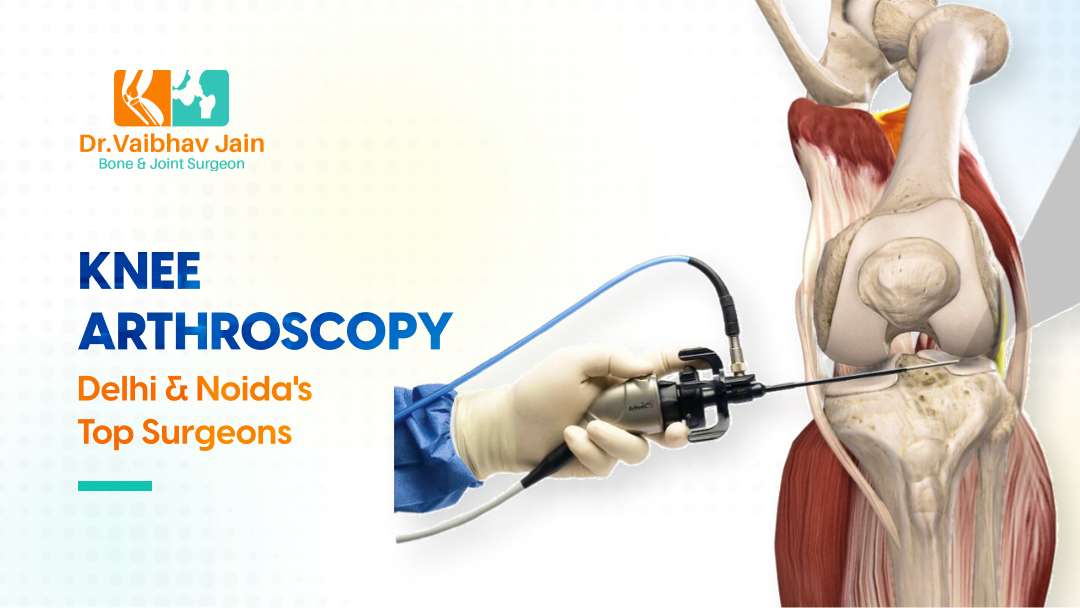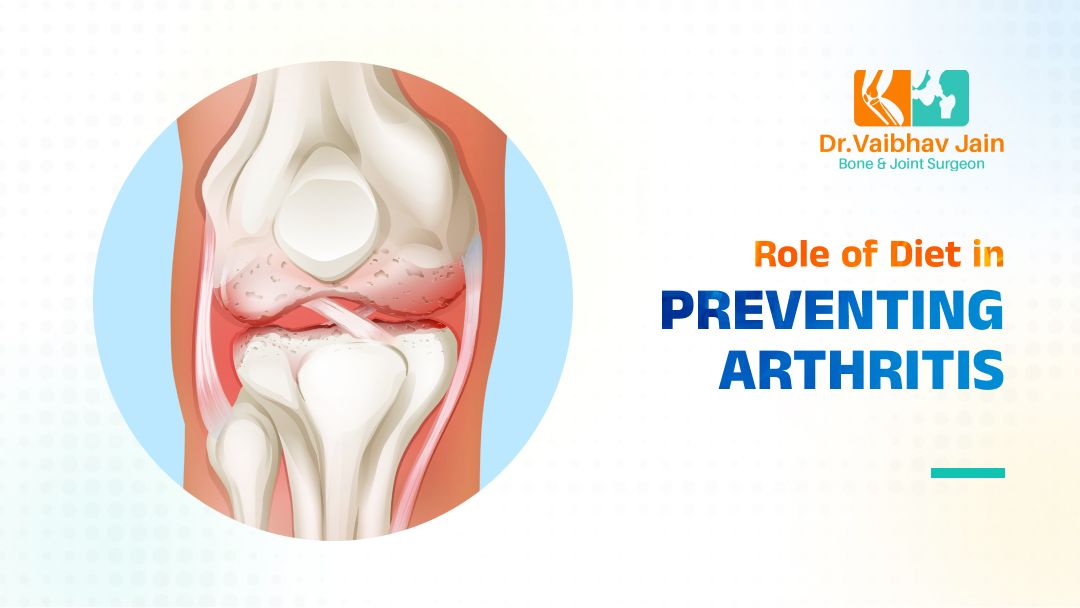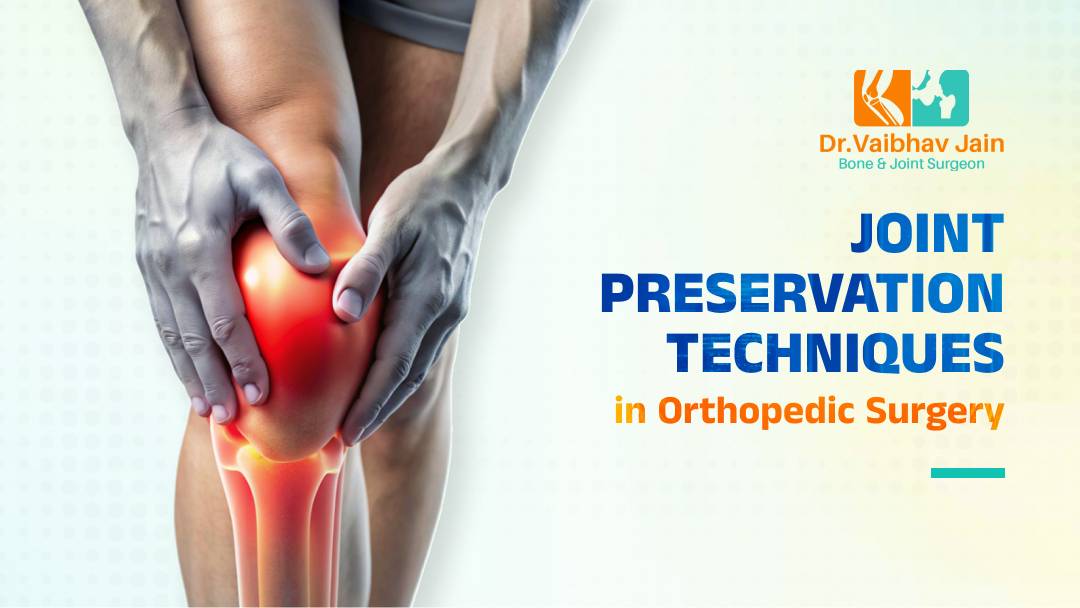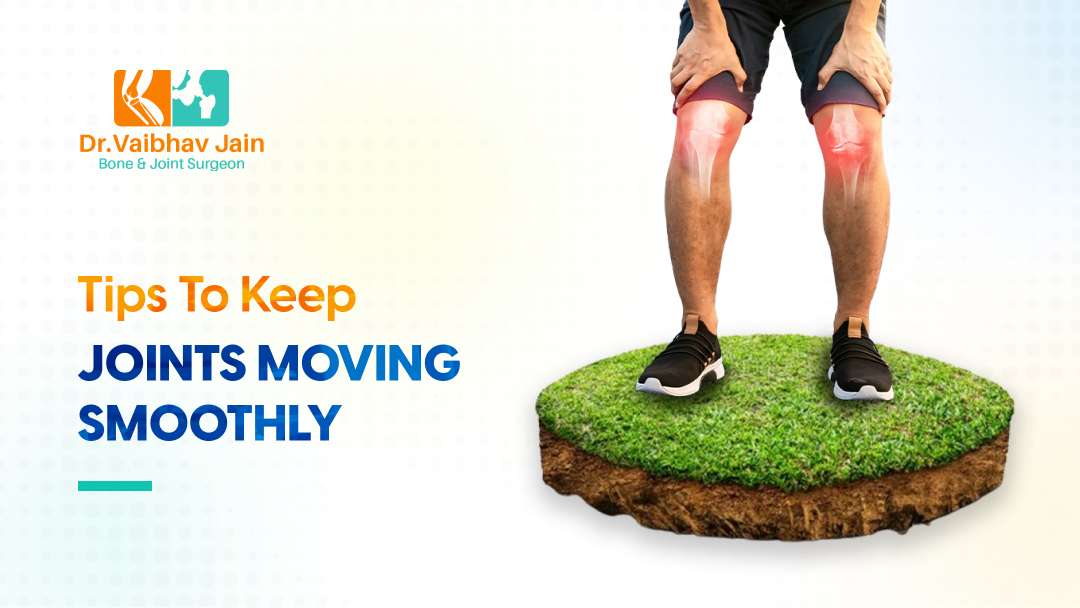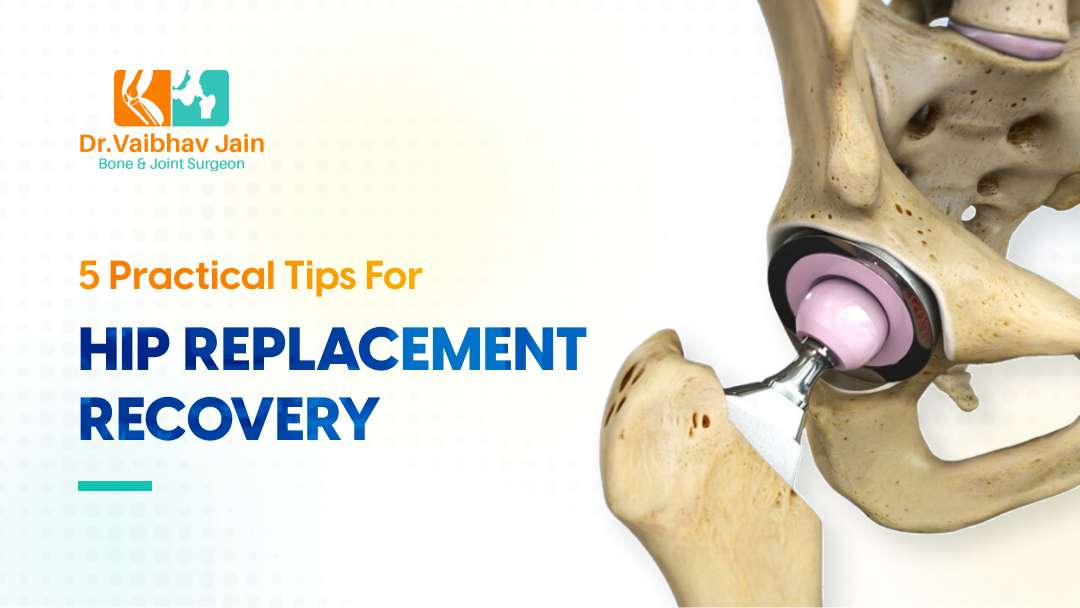Best Arthroscopy Surgeon In Delhi & Noida
Suffering from Knee arthroscopy? There are many joints in the human body. Ageing, playing, jumping, running or falling often results in injury to certain body joints such as shoulders, hips, wrists, elbows and knees.
In case of minor injuries, it is treated with the help of medicines, hot bandage or ointment, but when there is a serious problem in these joints then arthroscopy surgery is chosen. The surgery used to treat the joints is called arthroscopy in medical parlance.
Knee arthroscopy is a type of surgical procedure in which a small camera is used to view the inside of the knee. During this procedure, small incisions are also made in the knee to insert the camera and small surgical devices. There are limited risks involved. Therefore, knee arthroscopy is considered a better treatment for many patients.
What Is The Purpose Of Knee Arthroscopy
Knee arthroscopy can be done based on the following conditions and symptoms.
- Torn meniscus This makes the space between the bones in the knee flexible. This surgery is done to repair or remove it.
- A torn anterior cruciate ligament (ACL) or posterior cruciate ligament (PCL).
- Torn or torn collateral ligament.
- Swelling or deterioration of the lining of the joints.
- To remove dysfunctional cysts that are causing arthritic swelling or pain.
- To repair fractures in the bones of the knees.
- Swollen synovium
- Removal of loose torn cartilage in the joint
- Knee infection problem
- Patella-femoral disorder
Preparation Before Knee Arthroscopy. What Should I Know Before Having Knee Arthroscopy Surgery?
Some of the following tests may be done by the doctor before the procedure of knee arthroscopy.
- Physical exam: During a physical exam, the doctor checks the patient for signs of joint swelling, stiffness or redness. Also check the presence of swelling, heat and fluid to check the range of motion of the joint and move it.
- Blood tests: Blood tests may be done to check the level of inflammation in the presence of antibodies.
- Joint aspiration: A small sample of fluid may be taken using a needle to remove the joint.
- Imaging tests: The tests most often used for this purpose are X-rays to look for structural changes, signs of joint erosion, loss of cartilage or tear of tissue, swelling, amount of fluid, etc. help.
What Is The Procedure Of Knee Arthroscopy?
During knee arthroscopy, the patient is first given local or general anesthesia. The patient should not feel pain during the procedure. A spinneret will be placed around the thigh to stop the bleeding. Depending on the need, the surgeon may make some cuts or incisions in the knee. The knee is prepared using sterile salt water or saline.
This extends the knee, giving the surgeon a better view of the joint. The arthroscope (small camera device) is then inserted through an incision and the images can be viewed on a monitor in the surgery room. Once the problem is identified, small surgical instruments are inserted through the anther incision and the problem is treated. After healing, the saline is drained out and the incision is closed with stitches.
Care Of Knee Arthroscopy After Surgery
The procedure for knee arthroscopy takes about an hour or two. Although knee arthroscopy is usually non-invasive and post-surgery, the patient is kept under observation in a hospital for a day depending on the condition. Also, some patients may be allowed to go home after surgery. In addition, the doctor may suggest the following:
- There are some pain relievers supplements to relieve the pain of the incision made during surgery.
- The patient may have swelling and pain as a result of the surgery. The use of ice packs may be advised to get relief from these problems. Great care should be taken of the wound of the incision and the wound of the incision should be covered in a dressing.
- Doctors recommend some exercises to help the muscles recover and strengthen.
How Should I Take Care Of Myself After Knee Arthroscopy Surgery?
At home, you may need to have a household member or nurse accompany you to look after you. A day or two after the surgery, the swelling and pain in your knee will start to subside. However, you will need to change your bandage from time to time. Orthopedic Surgeon can give you instructions on how long you should rest after surgery.
You can also do some types of exercises on the advice of a doctor to get successful results of the surgery procedure and for its quick recovery. Also, you can take the help of a physical therapist.
